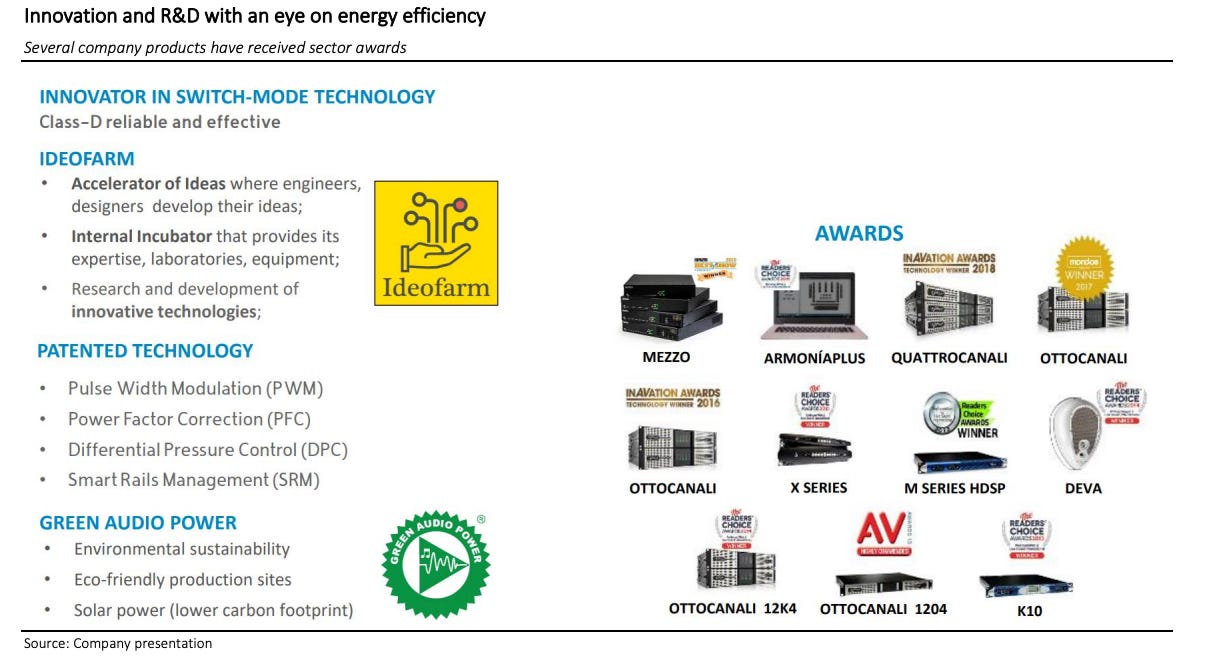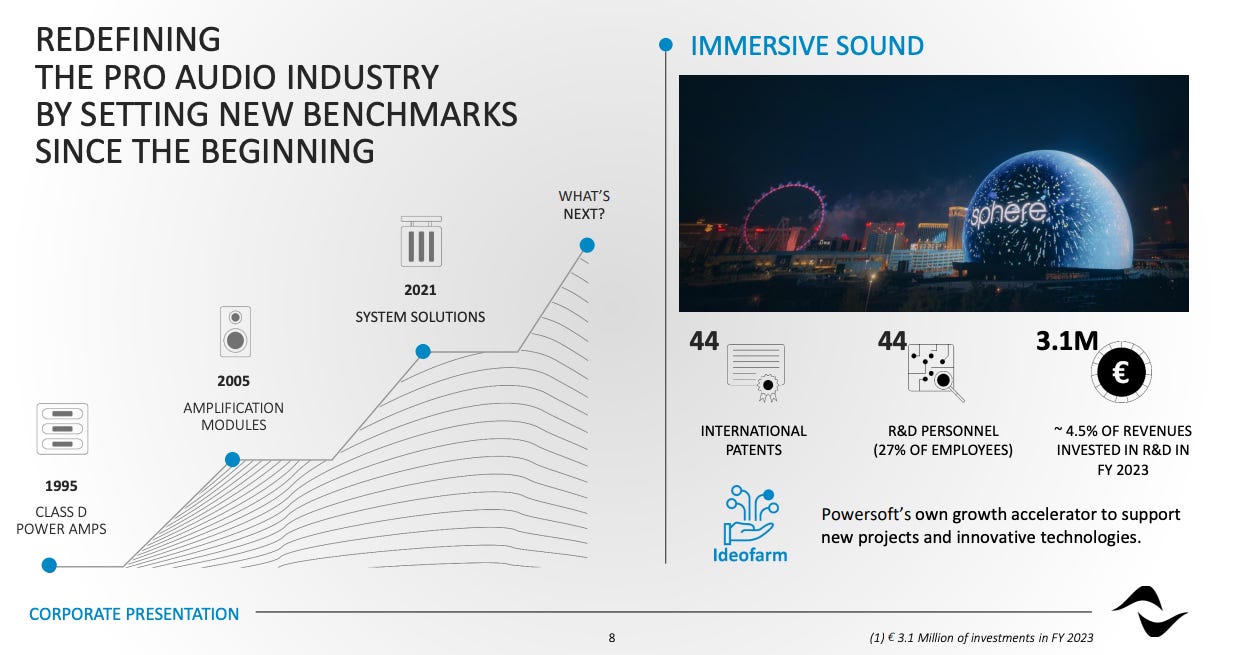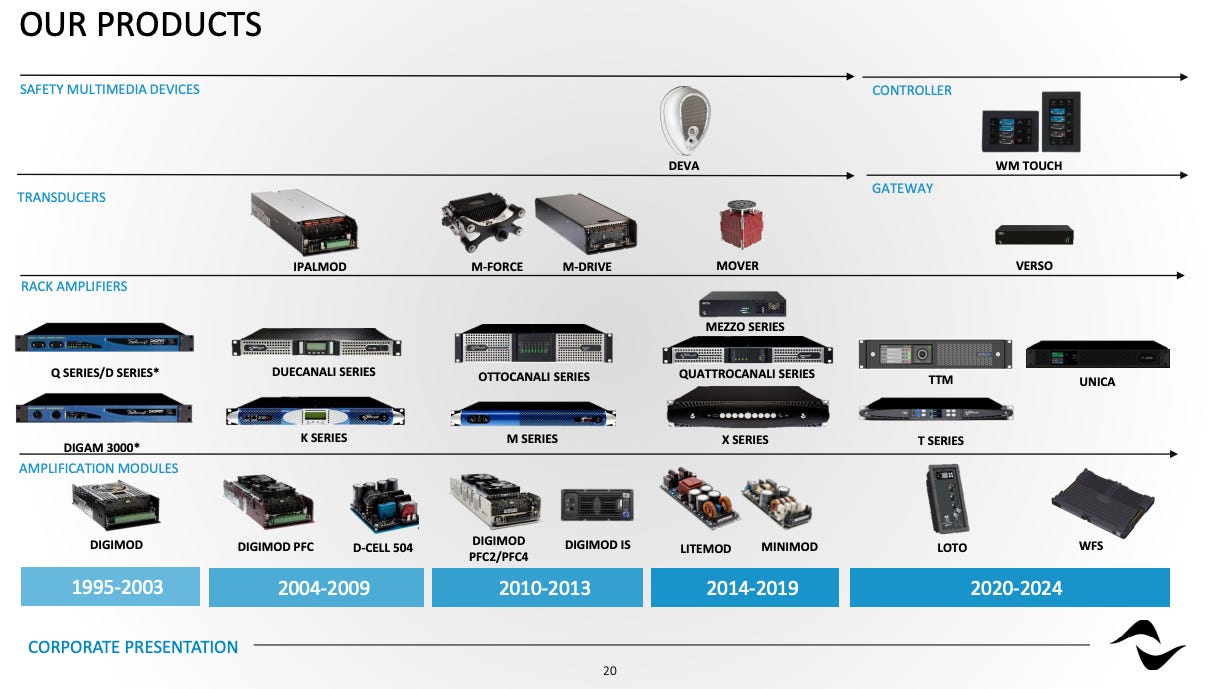Sailing Towards Value: Underfollowed Yacht Manufacturing Stocks Poised for Growth
The allure of the open sea, the gentle rocking of waves, and the epitome of luxury – yachting has captivated the imaginations of the affluent for centuries. While iconic brands like Azimut Benetti, Ferretti Group, and Lürssen often dominate headlines and market discussions, a deeper dive into the yacht manufacturing industry reveals a fascinating landscape of innovation, craftsmanship, and surprisingly, several underfollowed stocks that could be poised for significant growth. For the astute investor seeking long-term value and diversification, venturing beyond the well-trodden paths of the market leaders might just lead to a treasure trove.
The Dynamics of the Yacht Manufacturing Market in 2025
The global yacht market is currently navigating a period of steady growth and exciting transformation. Projections for 2025 indicate continued expansion, with the market expected to grow from approximately $9.06 billion in 2024 to $9.48 billion in 2025, reflecting a compound annual growth rate (CAGR) of 4.7%. This robust outlook is underpinned by several key drivers.

First and foremost, the increasing global population of high-net-worth individuals (HNWIs) is a primary catalyst. As wealth continues to accumulate in both established and emerging economies, so too does the demand for luxury assets, with yachts being a prime example. This isn’t just about showing off; it’s about a lifestyle, a statement, and for many, a deeply personal connection to the water.
Beyond the sheer increase in potential buyers, the industry is also being propelled by rising disposable incomes, expanding coastal tourism, and even government initiatives aimed at bolstering marina infrastructure and offering incentives for luxury vessel purchases. The synergy between tourism and yachting is becoming increasingly pronounced, with charter markets also seeing a significant uptick in demand.
Technological advancements are also playing a crucial role. Modern yachts are far more than just opulent vessels; they are sophisticated machines integrating eco-friendly systems, hybrid and electric propulsion, and cutting-edge automation and smart features. The industry’s push towards sustainability, incorporating fuel-efficient designs, solar power integration, and the use of recycled and bio-based materials, is not merely a trend but a fundamental shift that is attracting a new generation of eco-conscious buyers.
While challenges such as fluctuating fuel prices, supply chain disruptions, and evolving emissions regulations exist, the overall sentiment remains optimistic. The demand for larger, custom-built yachts, particularly in the superyacht segment, continues to be strong, with Europe, North America, and emerging markets like Asia and the Middle East leading the charge. This dynamic environment creates fertile ground for well-managed, innovative yacht manufacturers to thrive.

Identifying Underfollowed Gems: What to Look For
When it comes to identifying underfollowed yacht manufacturing stocks, it’s not simply about finding smaller companies. It’s about uncovering businesses with strong fundamentals, unique competitive advantages, and perhaps less analyst coverage or media attention than their larger counterparts. Here are some key characteristics to consider:
Niche Specialization
Some manufacturers excel in a particular niche, whether it’s explorer yachts designed for extended voyages in remote areas, highly customizable sailing yachts, or innovative tenders for superyachts. These companies might not have the broad appeal of a conglomerate but could dominate their specific segment, offering impressive profit margins and a loyal client base. Look for companies that have a strong reputation within their chosen niche and are consistently innovating within that space. Their specialized expertise can create a significant barrier to entry for competitors.
Sustainable Innovation
The shift towards greener yachting is undeniable. Companies that are genuinely investing in and developing electric, hybrid, or even hydrogen-powered propulsion systems, along with sustainable materials and construction processes, are positioning themselves for future success. While many major players are also on this path, smaller, agile firms might be quicker to adapt and implement these technologies, gaining a first-mover advantage in certain segments. Their commitment to environmental responsibility could attract a growing segment of affluent buyers who prioritize sustainability.

Exceptional Craftsmanship and Customization
In the luxury market, craftsmanship is paramount. Companies that emphasize meticulous attention to detail, bespoke design, and a highly personalized client experience often command premium prices and foster strong brand loyalty. These are often the quieter workshops, less focused on mass production and more on delivering unique, high-quality vessels. Their order books, while perhaps smaller in volume, can represent significant revenue and profit per unit.
Strong Order Books and Production Efficiency
A healthy backlog of orders indicates future revenue stability. While many larger manufacturers publicize their order books, digging into smaller, privately held or less-publicized companies might reveal a surprisingly robust pipeline. Furthermore, efficient production processes, even for custom builds, can significantly impact profitability. Look for signs of streamlined operations and strong project management that ensure timely delivery and cost control.
Geographic Market Focus
While the yacht market is global, some manufacturers might have a particularly strong presence or specialized expertise in certain geographic regions. This could be due to historical ties, local sourcing advantages, or a deep understanding of regional client preferences. Companies with a dominant position in a growing regional market, even if it’s not a global powerhouse, can be attractive. For example, a builder specializing in yachts tailored for the Mediterranean or the Asian market might present unique investment opportunities.
Potential Underfollowed Yacht Manufacturing Stocks (Hypothetical Examples for Illustration)
Given the nature of “underfollowed” stocks, publicly available information and analyst coverage can be limited. The following are hypothetical examples of the types of companies one might look for, emphasizing the characteristics discussed above, rather than specific stock recommendations which would require in-depth financial analysis.
“AquaCraft Innovations Ltd.”
Imagine a company like AquaCraft Innovations, a medium-sized European builder specializing in advanced, eco-friendly catamaran yachts. They’ve invested heavily in lightweight composite materials and integrated solar-electric propulsion systems, achieving impressive range and efficiency for their segment. Their marketing might be low-key, relying on word-of-mouth among environmentally conscious HNWIs and exclusive boat shows. Their value could lie in their patented propulsion technology and their growing reputation as a leader in sustainable yachting. While their production volume might be lower than global giants, their profit margins per vessel are substantial, and they have a steady pipeline of custom orders.
“Nautilus Bespoke Yachts”
Consider Nautilus Bespoke Yachts, a family-owned shipyard with a centuries-old heritage, known for its exquisite, fully custom sailing superyachts. Their focus is purely on bespoke creations, working directly with a handful of ultra-wealthy clients each year. They don’t engage in extensive marketing campaigns or mass production; their reputation is built on their unparalleled craftsmanship and discretion. The company’s value might be deeply embedded in its brand heritage, highly skilled artisans, and a waiting list of discerning clients. Their ability to command premium prices due to their unique, artistic approach to yacht building makes them a potentially undervalued asset, especially if their financial performance is stable and growing.
“Oceanic Explorer Builds Inc.”
Picture Oceanic Explorer Builds, a smaller North American company that has carved out a niche in rugged, long-range explorer yachts designed for adventurous owners looking to venture into remote waters. They prioritize durability, self-sufficiency, and cutting-edge navigation systems. While not focused on the traditional luxury segment, their specialized market is growing, driven by a desire for experiential travel. Their competitive advantage lies in their engineering prowess for extreme conditions and a strong network within the adventure travel community. They might be consistently profitable with a niche but reliable demand, making them an interesting proposition.
“HydroDynamic Marine Solutions”
This hypothetical company doesn’t build entire yachts but specializes in advanced, high-performance hull designs and propulsion systems that they license to other, larger manufacturers. Their expertise in hydrodynamics allows them to create extremely fuel-efficient and fast yacht platforms. While not a direct yacht manufacturer, their intellectual property and partnerships with various builders could make them a critical, yet overlooked, component of the industry’s innovation. Their revenue streams could be recurring and less capital-intensive than full yacht production, offering a different risk profile.
These hypothetical examples illustrate the diverse ways in which “underfollowed” value can be found within the yacht manufacturing ecosystem. The key is to look beyond the obvious, delve into niche markets, and assess a company’s true competitive advantages, whether they lie in technology, craftsmanship, or specialized market access.
The Investment Thesis: Why Consider These Stocks?
Investing in underfollowed yacht manufacturing stocks, while potentially higher risk due to less public information, can offer several compelling advantages for long-term investors:
Disproportionate Growth Potential
Smaller, specialized companies often have more room to grow than their larger, more mature counterparts. A successful new model, a breakthrough in sustainable technology, or simply increased market awareness can lead to significant jumps in revenue and profitability that are more impactful on a smaller base.
Acquisition Targets
As the industry consolidates and larger players seek to expand their capabilities or market share, well-positioned niche manufacturers can become attractive acquisition targets. This can lead to a significant premium for shareholders.
Innovation and Agility
Smaller companies are often more agile and can adapt quickly to changing market trends and technological advancements. This allows them to capitalize on emerging opportunities, such as the growing demand for eco-friendly yachts, faster than larger, more bureaucratic organizations.
Stronger Client Relationships
In the bespoke and luxury segments, smaller manufacturers often build incredibly strong, direct relationships with their clients. This can lead to repeat business, valuable referrals, and a deeper understanding of market demands, translating into more effective product development.
Undervalued Assets
By definition, “underfollowed” often means “undervalued.” These companies might be trading at lower multiples than their publicly traded peers simply because they haven’t caught the attention of institutional investors or mainstream financial media. Diligent research can uncover these discrepancies and present opportunities for significant capital appreciation as their true value becomes recognized.
However, it’s crucial to acknowledge the challenges. Liquidity might be lower for smaller, less-traded stocks, and financial information might be less readily available. Thorough due diligence, including examining their financial statements, management teams, and competitive landscape, becomes even more critical.
Conclusion
The yacht manufacturing industry, far from being a static domain of old money and traditional craftsmanship, is a dynamic and evolving sector. While the titans of the industry continue to build magnificent vessels, the real opportunity for discerning investors might lie beneath the surface, in the underfollowed and often overlooked companies that are quietly innovating, mastering niche markets, and delivering exceptional value. By focusing on firms with strong specialization, a commitment to sustainable practices, unparalleled craftsmanship, and robust operational efficiency, investors can potentially uncover hidden gems poised to sail to new heights in the coming years. The journey to discovering these underfollowed stocks demands a keen eye for detail and a willingness to venture beyond the obvious, but the rewards could be substantial for those who do their homework.
5 Unique FAQs After The Conclusion
How can I research smaller, underfollowed yacht manufacturing companies if they aren’t widely covered by analysts?
You’ll need to dig deeper! Start by exploring marine industry trade publications, attending boat shows (even virtually), and looking at niche industry reports. Sometimes, smaller companies are subsidiaries of larger, publicly traded ones, offering indirect exposure. Company websites, press releases, and even local business news in yacht-building regions can provide valuable clues. Networking within the marine industry can also yield insights.
What are the biggest risks associated with investing in underfollowed yacht manufacturing stocks?
The primary risks include lower liquidity, meaning it might be harder to buy or sell shares quickly without impacting the price. There’s also often less public financial data, making fundamental analysis more challenging. These companies can be more susceptible to economic downturns or shifts in luxury spending, and their smaller scale means a single project delay or cost overrun could have a disproportionate impact on their financials.
How does the trend towards sustainable yachting impact the long-term prospects of these manufacturers?
The trend towards sustainability is a significant long-term driver. Companies that embrace eco-friendly materials, hybrid/electric propulsion, and sustainable manufacturing processes will likely gain a competitive edge and attract a growing segment of environmentally conscious buyers. Conversely, those that fail to adapt could see their market share decline over time as regulations tighten and consumer preferences shift. It’s a make-or-break factor for future growth.
Are there any specific regions or countries that are particularly strong for underfollowed yacht builders?
Historically, regions with a strong maritime heritage and skilled labor, such as Italy, the Netherlands, Germany, and parts of the UK, have been powerhouses in yacht building. However, emerging markets and specialized niches can exist elsewhere. For example, some North American builders excel in rugged explorer yachts, while certain Asian shipyards might be gaining traction in specific segments. Geographic focus is key to understanding their market reach and competitive landscape.
What key financial metrics should I prioritize when evaluating these companies, given limited data?
Focus on revenue growth, profit margins (especially gross and operating margins, which indicate efficiency), and order backlog (if available, as it points to future revenue). Debt levels are crucial – luxury goods manufacturing can be capital-intensive, so a healthy balance sheet is vital. Look for consistent profitability and positive cash flow from operations, even if the overall scale is smaller. Understanding their asset base, particularly specialized manufacturing facilities and skilled labor, can also provide insight into their value.


